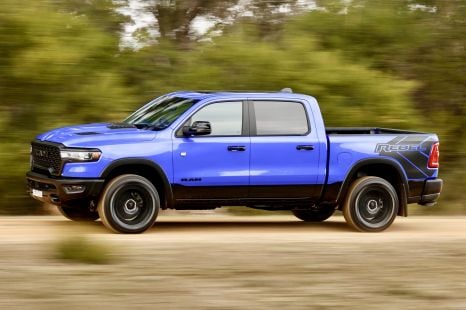

Max Davies
2026 Ram 1500 Rebel review
6 Days Ago
The headlines focus on one number: With a thumping 648kW under your right foot with the manettino on the steering wheel switched to Qualify mode, the Ferrari 296 Speciale is the most powerful rear-wheel drive car Maranello has ever built.
Not even the 12 Cilindri, with its mighty 6.5-litre V12 that screams to 9500rpm, outpowers the new performance version of Ferrari’s entry-level mid-engine supercar.
How? The 296 Speciale’s plug-in hybrid (PHEV) powertrain architecture is unchanged from that of the regular 296 GTB coupe and GTS convertible, but the 3.0-litre, 120-degree V6 at its core now produces 515kW of power at 8000rpm and 755Nm of torque at 6000rpm, marking increases of 27kW and 20Nm, respectively.
Hundreds of new car deals are available through CarExpert right now. Get the experts on your side and score a great deal. Browse now.

The e-motor mounted between the engine and eight-speed dual-clutch automatic transmission now produces 132kW, a 10kW increase. Its torque remains unchanged at 315Nm.
The increased electric power is the result of optimising the dual-rotor, central-stator, axial flux e-motor’s operating and cooling strategies. The extra grunt from the twin-turbo internal combustion engine is the result of a seven per cent increase in boost pressure, made possible by a Formula 1-inspired combustion strategy that allows the engine to run right at the knock limit, and occasionally just beyond it, when under maximum load.
That headline is impressive, but it doesn’t tell the full story. Though it doesn’t seem to bristle with the overt racing hardware of, say, a Porsche 911 GT3 RS, the 296 Speciale has been developed with the careful attention to detail of a company that owns its own Formula 1 team.

Powertrain engineer Raul Dautry, who once worked on F1 engines for Renault, says the most challenging part of the 296 Speciale’s powertrain development program was reducing its weight.
The engine has the same titanium connecting rods as used in the F80 hypercar version of the V6, which are 35 per cent lighter than the steel items used in the regular 296. The nitrided steel crankshaft has also been lightened, reducing the overall weight of the major rotating masses in the engine by 2.2kg, which also improves throttle response.
Following the same process used to prepare the 296-based V6 used in the Le Mans-winning Ferrari 499P, excess metal was removed from the aluminum block and crankcase, saving a further 1.2kg. Replacing the engine’s steel screws and stud bolts with titanium items saved a surprising 1.9kg, and each turbo was lightened by 1.2kg.
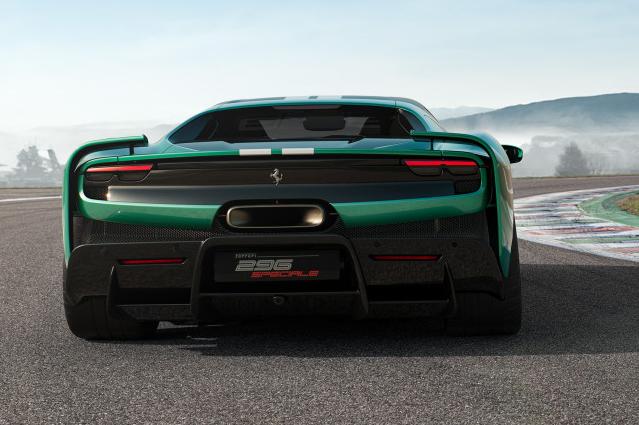
In all, almost 10kg was trimmed from the powertrain, accounting for 15 per cent of the Speciale’s 60kg weight reduction compared with the regular 296.
More power and less weight means increased performance. Ferrari claims a 0 to 100km/h acceleration time of 2.8 seconds. Based on independent testing overseas of the 296 GTB Asetto Fiorano, that may be conservative. But what’s more important is the 296 Speciale will also be quicker through corners, not just between them.
As with the powertrain, the 296 Speciale’s chassis and suspension architecture is essentially the same as that of the regular 296. Among the changes are the fitment of Multimatic adjustable shocks derived from those used on the 296 GT3 race car and stiffer, lighter titanium springs that help reduce the maximum roll angle by 13 per cent. The ride height has been dropped 5mm, lowering the centre of gravity.
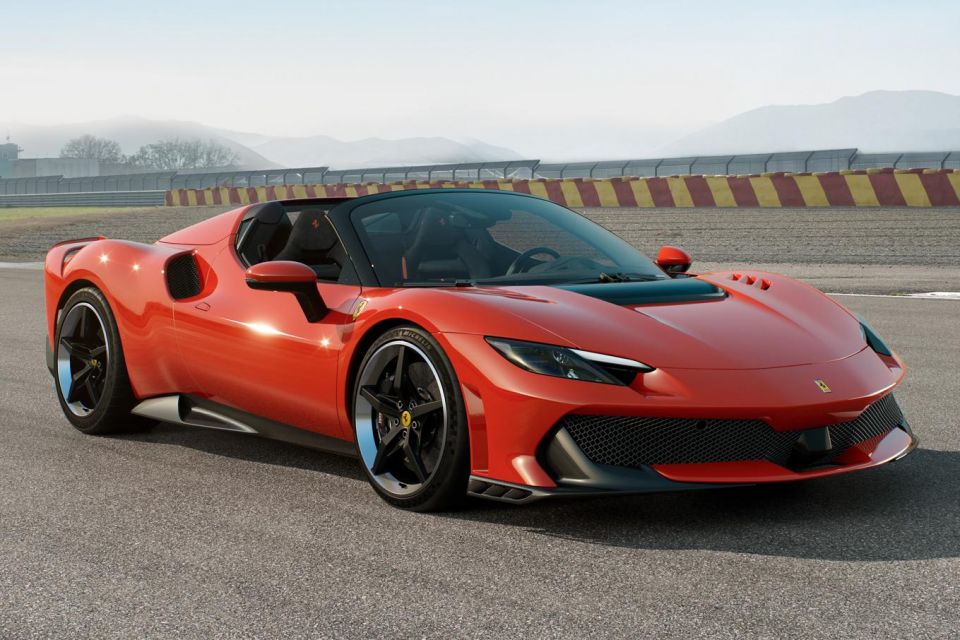
Ferrari vehicle dynamics engineer Andrea Giacomini says the aim of the chassis tweaks was to increase mechanical grip, especially in lower speed corners. He says the 296 Speciale is capable of four per cent higher lateral acceleration than the regular 296.
Engineers also wanted to enhance the fundamental agility of the relatively short wheelbase chassis while ensuring a high degree of consistency in the car’s dynamic responses. To do that, they focused on the front axle, using Ferrari’s sophisticated six-axis vehicle dynamics sensor to precisely calculate the grip levels of the front tyres.
Those values determine how the SSC 9.0 dynamic control system adjusts the responses of the traction control, stability control, e-Diff, and ABS Evo electronic brake control to keep the tail end of the car under control.

The SSC 9.0 system also seamlessly integrates the influence of the 296 Speciale’s various aerodynamic systems into the overall dynamic mix.
Compared with the regular 296, the most noticeable aero changes are at the rear of the car, in the shape of two winglets that rise from the bodyside behind the rear wheels and kink over the top of the rear fenders. Their vertical fins optimise wake management to reduce drag, while the profile of the horizontal surface generates downforce.
The wings also interact with the cooling air flow from the rear radiators, improving their efficiency, and assist the active spoiler that rises vertically between them from the trailing edge of the rear bodywork.
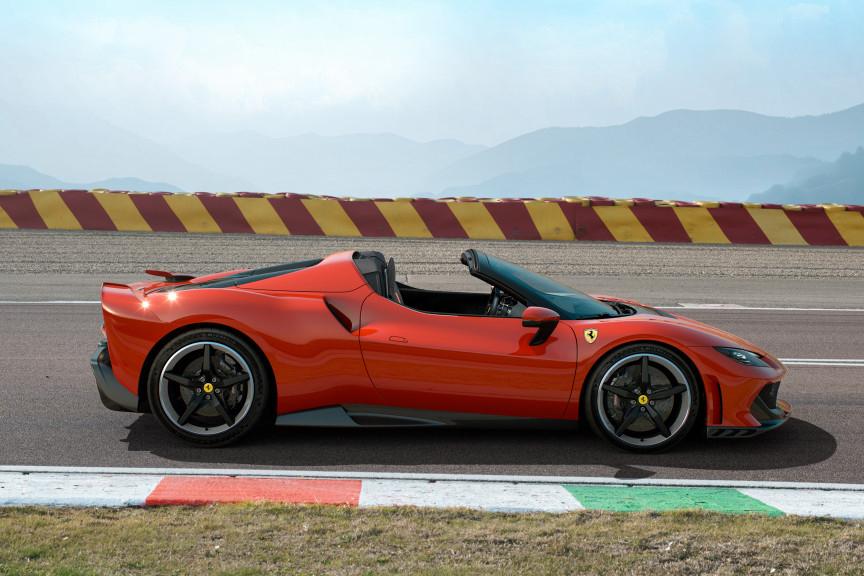
Derived from that used on the 296 GTB, the spoiler has a completely revised actuator management strategy that speeds the transition to its high downforce and enables a medium downforce configuration to improve rear-end stability at high speeds.
Also at the rear is a new diffuser, and the vortex generators on the rear undertray have been optimised to split the air flow between the centre and the lateral venturis to increase rear downforce and ensure the correct aerodynamic balance of the car in all rear spoiler configurations.
Up front is an aero damper system that channels air from the redesigned front undertray to the upper body just ahead of the windscreen to improve the efficiency of the undertray’s vortex generators. The system also increases the level of downforce acting on the front wheels, ensuring it remains constant even as the front ride height changes during acceleration and braking.
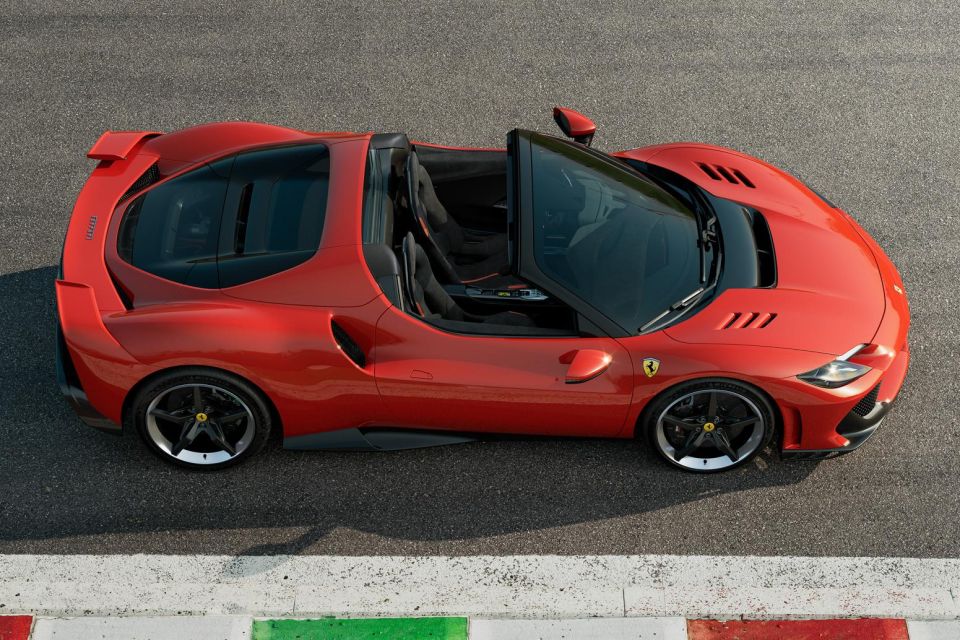
Either side of the aero damper vent, integrated into the carbon structure that locates it on the hood, are louvers that vent high pressure air from the front wheel wells.
Ferrari claims the 296 Speciale generates 20 per cent more in downforce than the regular 296, peaking at 435kg at 250km/h.
Aerodynamics engineer Salvatore Sedda says 70 per cent of the development team’s effort was focused on increasing front axle downforce. This, combined with the changes designed to improve the front-end’s mechanical grip, suggests the 296 Speciale will be a hyper-alert driver’s car.
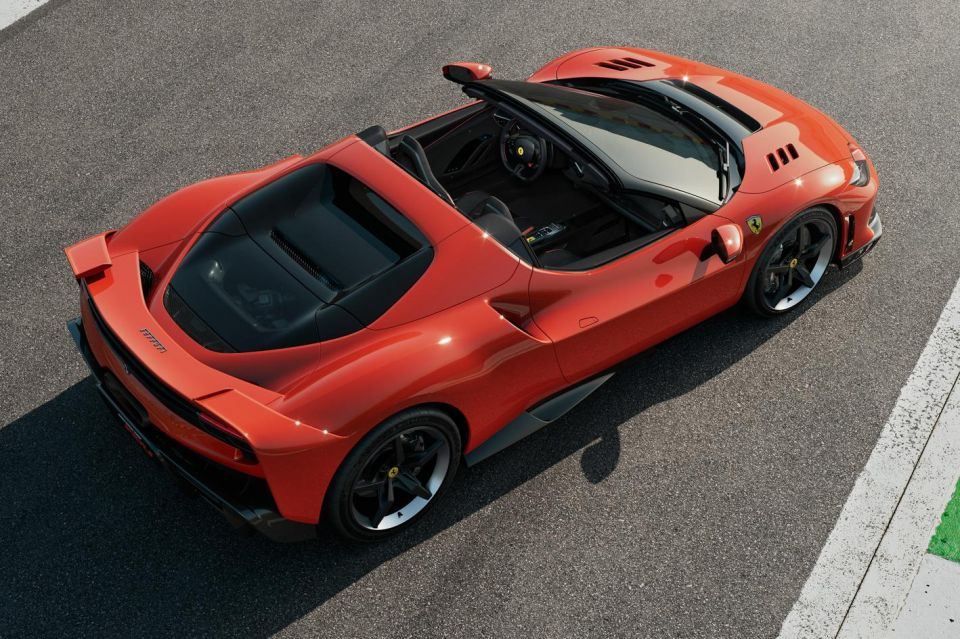
Indeed, Ferrari product development chief Gianmaria Fulgenzi says that on road-legal Michelin Cup 2 tyres, the 296 Speciale is 2.5 seconds quicker around Ferrari’s Fiorano test track than the regular 296, and will be able to lap any racetrack at more than 80 per cent the pace of the track-only 296 Challenge race car.
Visually, the 296 Speciale doesn’t look all that dramatic a step change from the regular 296. Aside from the carefully integrated aero hardware and a reprofiled bonnet, the car features a black roof that Ferrari design chief Flavio Manzoni says transforms the cabin into a cockpit.
Other visual changes include a revised rear graphic between the tail-lights, a more scalloped bonnet, a dark engine cover, and a unique forged alloy wheel. Inside is lots of exposed carbon-fibre and Alcantara, with exposed fasteners and lightweight seats that are 5kg each lighter than the standard items.
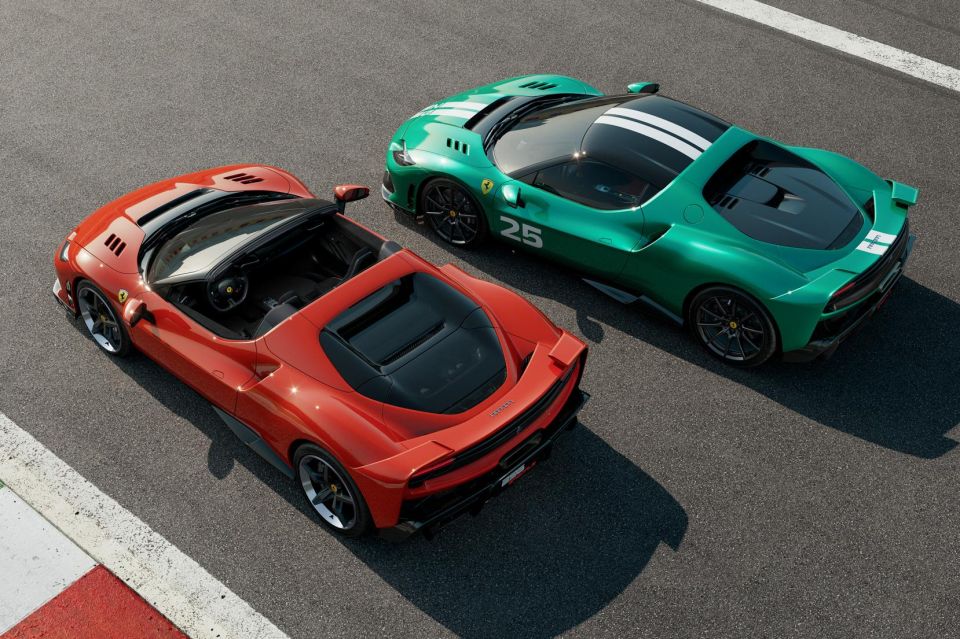
The 296 Speciale also debuts a new exterior paint colour in the Ferrari palette, Verde Nürburgring, a punchy metallic green.
And a convertible version, dubbed the 296 Speciale A (for aperta, which means open in Italian), and said to weigh just 50kg more than the coupe, will also be available when the car goes on sale in Australia.
Gianmaria Fulgenzi insists the 296 Speciale is a road car, not a race car.
“The car is quite a rocket,” he said. “It is designed to have incredible performance on track, but also to be used on normal roads.
“It has a balance of performance. It’s not extreme. It’s a car that’s meant to be used; a car that won’t destroy your neck or your back. It will be the most fun [to drive] car on the market.”
We can’t wait to find out if he’s right.
Where expert car reviews meet expert car buying – CarExpert gives you trusted advice, personalised service and real savings on your next new car.


Max Davies
6 Days Ago
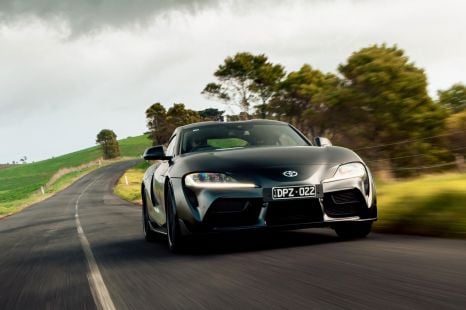

Max Davies
4 Days Ago
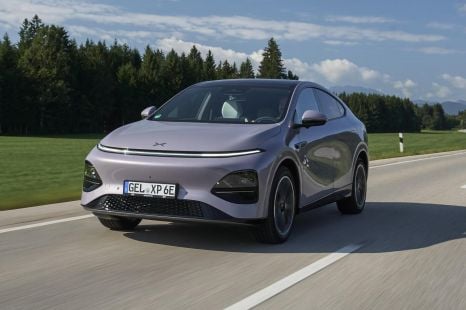

Neil Briscoe
3 Days Ago
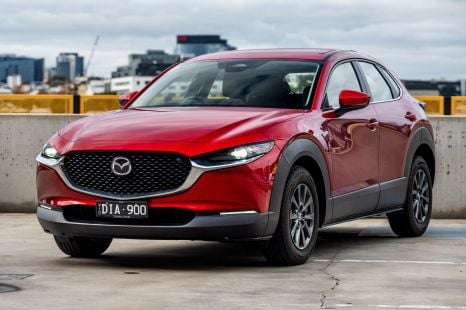

Max Davies
2 Days Ago
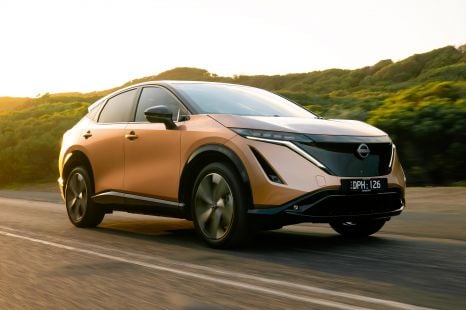

James Wong
21 Hours Ago
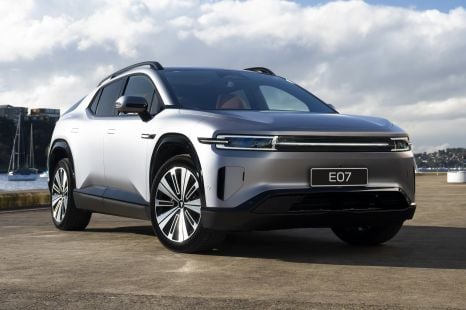

William Stopford
19 Hours Ago